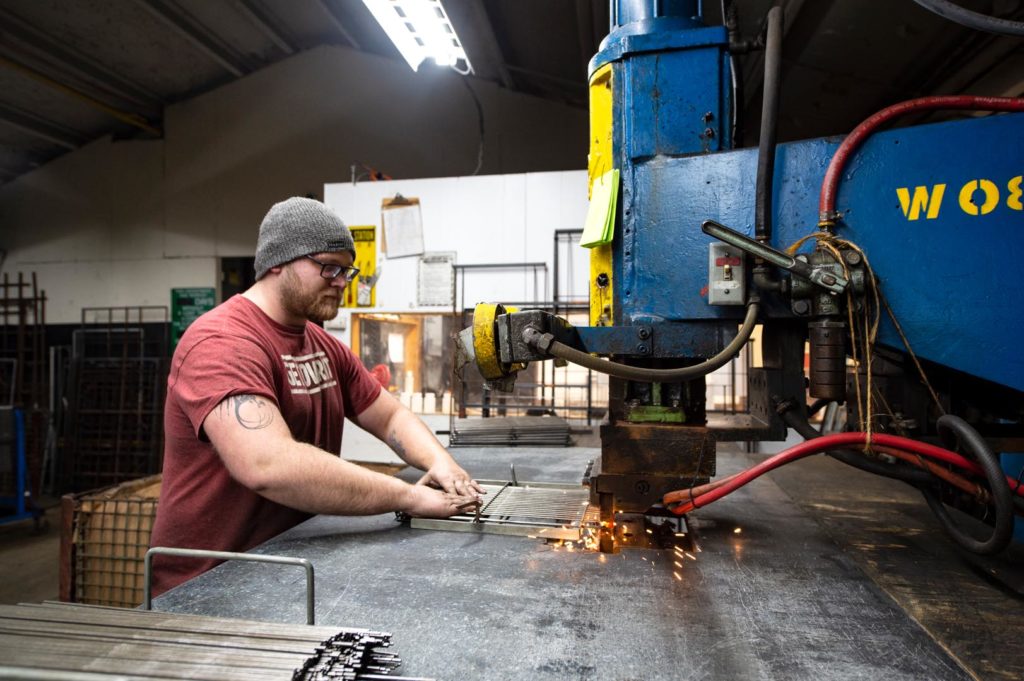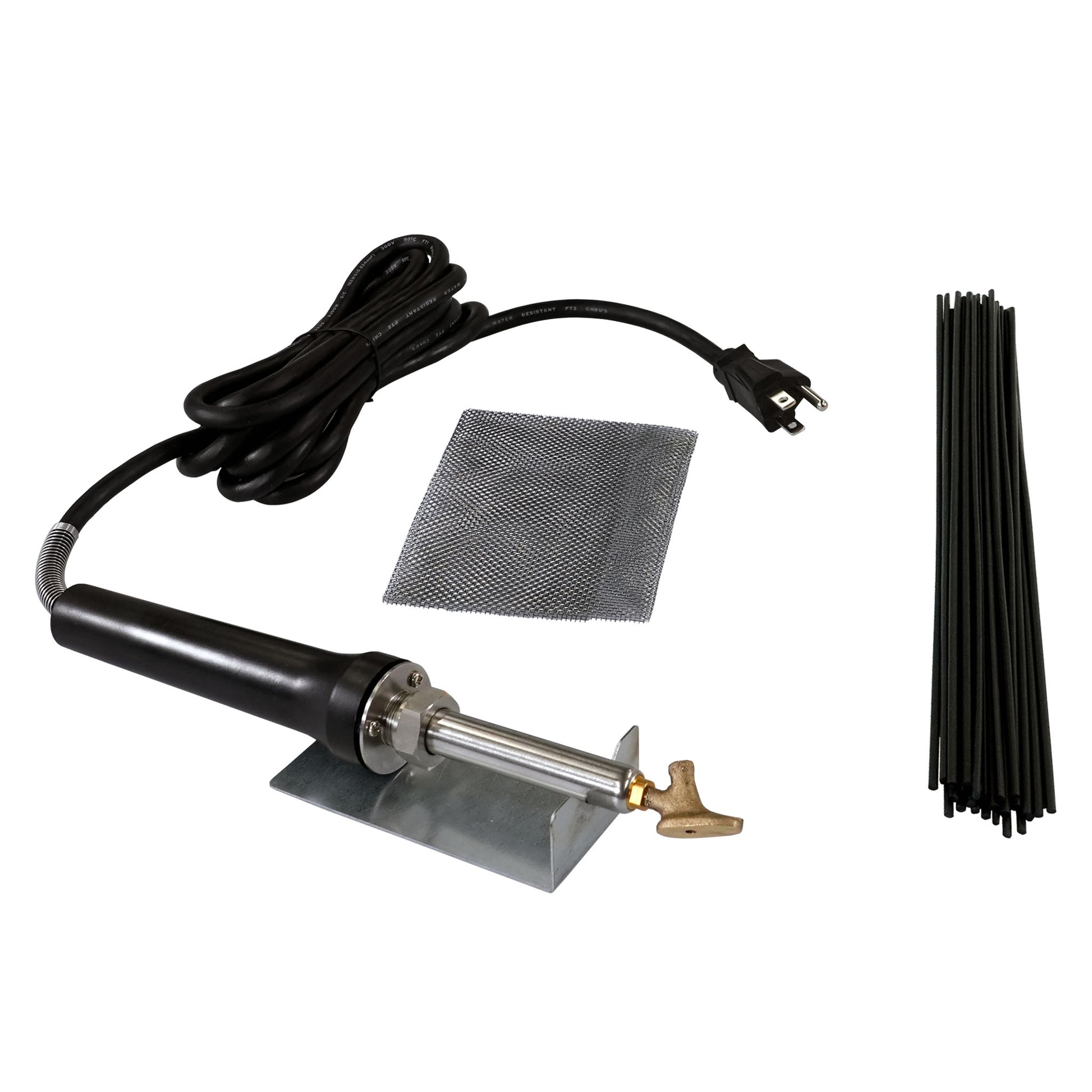How overheating damages welds and Montana Mobile Welding and Repair Welding’s approach to fix it
Usual Welding Repair Issues and How to Address Them Effectively
Welding repair work frequently experience a variety of issues that can threaten the integrity of the end product. Usual issues consist of poor infiltration, porosity, and misalignment, to name a few. Each issue provides one-of-a-kind challenges that require details methods for resolution. Comprehending these problems is necessary for welders intending to enhance their end results and skills. This conversation will explore these common welding repair work problems and efficient techniques to resolve them.
Inadequate Penetration
Poor infiltration occurs when the weld metal stops working to completely fuse with the base material, causing weak joints and prospective structural failures. This issue commonly originates from insufficient warm input, inaccurate electrode angle, or inappropriate welding speed. Welders may come across insufficient penetration because of a miscalculation of the required parameters for a particular material density or type. Additionally, contamination on the base product's surface can prevent reliable bonding, worsening the problem. To resolve insufficient penetration, welders need to assure suitable settings on their tools and keep a tidy job surface. Normal examination of welds is advised to determine any type of deficiencies early, enabling prompt modifications and the prevention of endangered architectural stability in welded settings up.
Porosity
Porosity is a common defect in welded joints that materializes as little gas bubbles entraped within the weld steel. This defect can compromise the integrity of the weld, resulting in lowered toughness and prospective failing under stress. Montana Mobile Welding and Repair. Porosity typically emerges from contamination, moisture, or incorrect welding techniques, which permit gases to leave into the liquified weld pool. To deal with porosity, welders ought to ensure proper surface prep work, preserve a clean workplace, and utilize ideal welding parameters. Furthermore, selecting the right filler product and shielding gas can reduce gas entrapment. Regular examination and screening of welds can assist identify porosity early, ensuring timely corrective actions are taken, consequently maintaining the quality and reliability of the bonded framework
Imbalance
Misalignment in welding can arise from numerous factors, including incorrect arrangement and thermal growth. Understanding the source is vital for effective resolution. Several adjustment strategies are available to realign parts and assure architectural stability.
Causes of Misalignment
Welding misalignment commonly originates from a selection of underlying problems that can endanger structural honesty. One key reason is incorrect fit-up of parts before welding, which can result in spaces and uneven surfaces. Variants in thermal expansion during the welding process can also lead to distortion, particularly if the products being joined have different coefficients of growth. Additionally, inadequate fixturing and clamping may stop working to hold components securely in place, resulting in movement during welding. Poorly conserved devices, consisting of welding machines and tools, might present incongruities in the weld grain, further contributing to imbalance. Finally, operator error, originating from inadequate training or experience, can also play a significant role in creating misaligned welds.
Adjustment Strategies Offered
Attending to misalignment properly requires a mix of restorative methods customized to the details problems handy. One common method is the usage of jigs or fixtures to hold parts in the proper position during welding, making certain constant alignment. In addition, pre-heating the products can aid reduce distortion and improve fit-up. For considerable imbalance, mechanical adjustment methods, such as making use of hydraulic jacks or clamps, can be utilized to remedy the placement prior to welding. Post-weld warm treatment may also be needed to soothe stresses triggered by imbalance. Cautious examination and modification throughout the setup phase can avoid misalignment concerns from becoming considerable problems, promoting a smoother welding process and boosting general structural stability.
Distortion
Distortion is an usual challenge in welding that can emerge from numerous elements, consisting of irregular heating and cooling. Understanding the reasons of distortion is essential for applying efficient avoidance methods. Addressing this problem not just improves structural integrity but likewise boosts the total quality of the weld.
Sources of Distortion
When based on the extreme warmth of welding, materials frequently undergo changes that can result in distortion. This sensation mostly develops from thermal growth and contraction throughout the welding process. As the weld location warms up, the product broadens; upon air conditioning, it contracts, which can create inner tensions. Additionally, unequal home heating throughout a work surface can intensify these anxieties, resulting in bending or flexing. The type of product also plays a substantial function; steels with varying thermal conductivity and coefficients of growth may react differently, resulting in unpredictable distortions. Moreover, bad joint style and insufficient fixturing can add to imbalance during welding, increasing the chance of distortion. Understanding these causes is necessary for effective welding repair and prevention strategies.
Prevention Techniques
Reliable prevention strategies for distortion throughout welding focus on managing warmth input and guaranteeing correct joint style. Maintaining a more info constant warm input helps to minimize thermal development and contraction, which can lead to distortion. Making use of strategies such as pre-heating the work surface can additionally reduce the temperature level slope, promoting uniform heating. In addition, selecting ideal joint layouts, such as T-joints or lap joints, can enhance stability and reduce anxiety concentrations. Executing correct fixturing to safeguard the workpieces in position further aids in maintaining placement throughout the welding process. Staggered welding series can disperse warm more evenly, stopping local distortion. By using these strategies, welders can considerably reduce the probability of distortion and boost the overall top quality of their welds.
Cracking
Breaking is a typical issue experienced in welding repairs, usually resulting from numerous elements such as incorrect air conditioning rates, material option, or inadequate joint prep work. The event of splits can substantially endanger the integrity of the weld, causing prospective failings during procedure. To resolve this issue, welders need to first examine the source, making sure that products work and properly selected for the details application. Furthermore, controlling the air conditioning price during the welding procedure is vital; rapid cooling can cause anxiety and bring about fracturing. Correct joint design and prep work likewise contribute to lessening the danger. Applying these approaches can enhance weld top quality and toughness, ultimately decreasing the probability of splitting in ended up weldments.

Incomplete Blend
A considerable concern in welding repair work is incomplete fusion, which occurs when the weld steel does not effectively bond with the base product or previous weld passes - Belgrade Welding. This issue can cause weaknesses in the joint, potentially endangering the stability of the bonded structure. Elements adding to insufficient blend consist of not enough warmth input, incorrect welding technique, and contamination of the surfaces being signed up with. To resolve this concern properly, welders ought to ensure correct pre-weld cleansing and surface area preparation, along with adjust their welding criteria to achieve appropriate penetration and blend. Normal evaluation throughout the welding procedure can likewise aid recognize incomplete blend early, enabling prompt corrective procedures to boost the general top quality of the weld
Overheating
While welding repairs can enhance structural stability, overheating presents a substantial obstacle that can lead to material deterioration. Excessive heat during welding can modify the mechanical buildings of steels, causing decreased stamina, enhanced brittleness, and bending. This phenomenon is particularly vital in high-stress applications where structural dependability is paramount. Identifying getting too hot can include visual examinations for discoloration or distortion, as well as keeping an eye on temperature during the welding procedure. To alleviate the dangers linked with getting too hot, welders need to use proper techniques, such as controlling warm input, readjusting travel speed, and making use of ideal filler products. In addition, carrying out pre- and post-weld warm therapies can aid recover product properties and enhance the overall high quality of the repair service, guaranteeing long-lasting efficiency and security.
Regularly Asked Inquiries
What Are the Usual Indications of a Welding Defect?

How Can I Test My Welds for High quality?
To examine welds for quality, one can utilize visual evaluations, ultrasonic testing, and radiographic methods. Each technique ensures structural integrity, recognizes issues, and confirms adherence to defined standards, ultimately improving the reliability of the welded joints.
What Safety and security Precautions Should I Take While Welding?
When welding, one should prioritize security by putting on appropriate personal protective equipment, making certain appropriate ventilation, securing combustible materials away, keeping a clean work area, and recognizing environments to avoid crashes and injuries.
Can I Fix a Weld Without Redesigning the Entire Joint?
Repairing a weld without remodeling the entire joint is possible, depending on the damages (Belgrade). Strategies such as grinding, including filler material, or making use of a welding procedure can successfully deal with certain flaws while maintaining the surrounding framework
What Equipment Are Essential for Effective Welding Fixes?
Important devices for effective welding repair work include a welding equipment, cable brush, grinder, protective gear, clamps, and filler products. Each tool plays an important duty in making certain high quality and safety and security throughout the fixing procedure. Porosity generally emerges from contamination, wetness, or incorrect welding strategies, which enable gases to run away into the molten weld pool. Badly maintained equipment, including welding machines and tools, may introduce disparities in the weld grain, additional adding to imbalance. When subjected to the intense warmth of welding, products commonly undergo modifications that can lead to distortion. Fracturing is an usual problem come across in welding repairs, frequently resulting from different aspects such as improper air conditioning prices, material selection, or poor joint preparation. A substantial concern in welding repairs is insufficient blend, which takes place when the weld metal does not properly bond with the base product or previous weld passes.